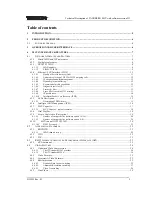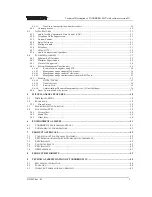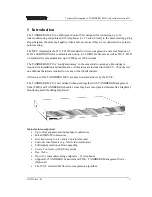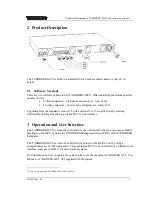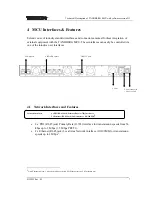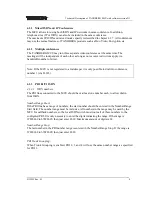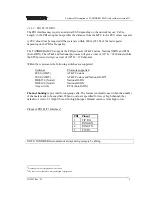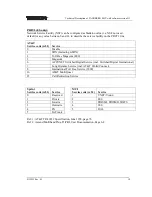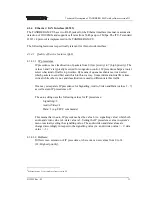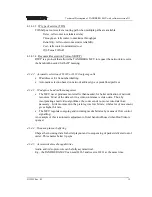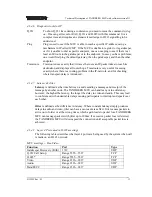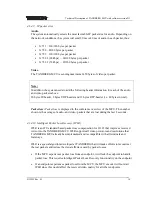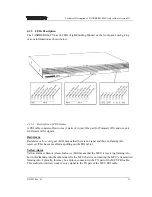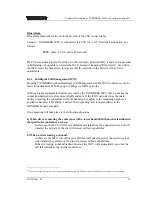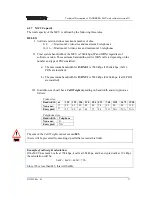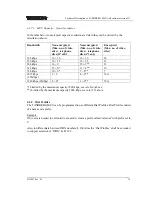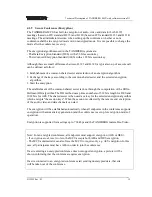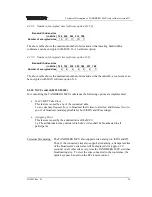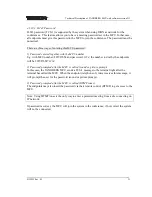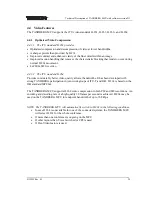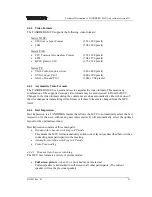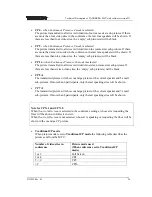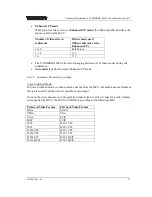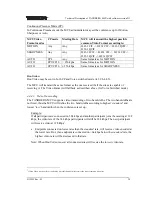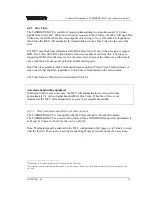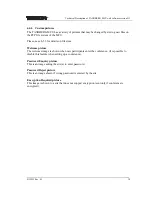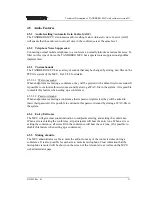
Technical Description of TANDBERG MCU with software version D3
D12925 Rev. 03
16
Blue Alarm
Blue alarm means that network on the far side of the CSU is unavailable.
Scenario: TANDBERG MCU is connected via a CSU (i.e. a NT ‘Network Termination’) as
follows:
MCU
–cable A–CSU–cable B–Network
If a CSU loses framing/sync from the network (example: a bad cable B), it shall no longer send
valid framing out on cable A towards the MCU. Instead it transmits "Blue Alarm". Seen from
the MCU receiving blue alarm, this means that the network on the far side of the CSU is
unavailable.
4.1.6 Intelligent Call Management (ICM)
By using TANDBERG's inbuilt Intelligent Call Management (ICM), MCU conferences can be
made from data rates of 56 kbps up to 2 Mbps via ISDN networks.
ICM is a highly sophisticated feature provided by the TANDBERG MCU that e.g. makes the
connection between two sites more reliable and safe. If the ISDN network drops channels
during a meeting, the conference will not shut down but adjust to the remaining number of
available channels
6
. This ability is called ‘Downspeeding’ and is in accordance to the
BONDING Mode 1 standard.
Downspeeding will take place in the following situations:
a) When sites are entering the conference with a lower bandwidth than what is defined in
that particular conference’s set-up.
In this case, the MCU will receive different call rates from the connected sites, but will
transmit the call rate of the site with lowest call rate capabilities.
b) When a site is loosing a channel.
In this case the MCU will still receive different call rates from the connected sites, but
will transmit the call rate of the site with lowest call rate capabilities.
If the site loosing a channel is disconnected, the MCU will automatically send out the
call rate initially set up for that conference.
6
If one of the connected sites does not support downspeeding, this site will drop out of the call and this call needs to be set up again.

